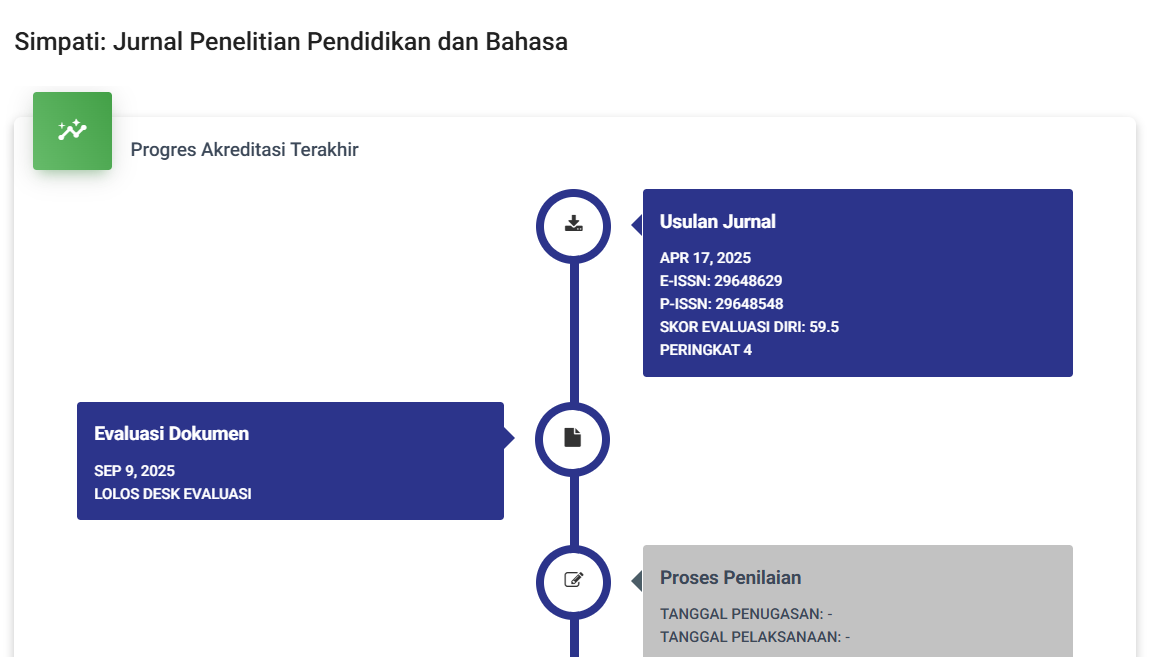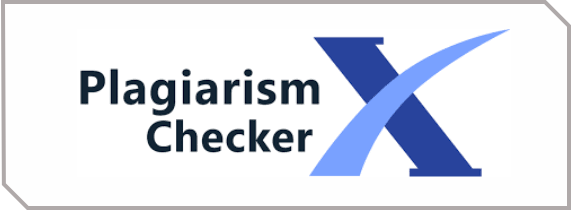Peran Dan Manfaat Kurikulum Merdeka Dalam Meningkatkan Kualitas Pembelajaran Di Jenjang Sekolah Dasar
DOI:
https://doi.org/10.59024/simpati.v1i4.441Keywords:
Curriculum, Independence, StudentsAbstract
As we already know, the independent curriculum is a new curriculum that is currently being published. From year to year, the educational curriculum is increasingly undergoing changes, these changes are adapted to technological developments and developments in this new industrial era. Approximately 2 years ago, in the pandemic era or Covid-19 era, the curriculum that applied in schools was the 2013 curriculum and the prototype curriculum. The prototype curriculum is a curriculum that develops progress from the 2013 curriculum, where the curriculum is referred to as the emergency curriculum for the 2022 and 2023 school years. At that time the government established the Merdeka curriculum for all schools deemed ready to implement this curriculum, various technical guidance that is currently needed for school principals as well as teachers and educational staff in implementing the Merdeka curriculum, it can be implemented through technical guidance, which is carried out online. This online guidance is expected to be able to make participants comfortable and more motivated to continue following or remain focused until the material and learning design they want to achieve is achieved properly. good and students can receive the results of guidance from these techniques using the learning management systemReferences
Affandi, L. H., Saputra, H. H., & Husniati. (2020). Apakah Tingkat Kebahagiaan Bisa Menjelaskan Hasil Belajar Siswa Sekolah Dasar? Jurnal Progres Pendidikan, 1(3), 168–176.
Afghani, D. R., & Sutama. (2020). Kreativitas Pembelajaran Daring Untuk Pelajar Sekolah Menengah Dalam Pandemi Covid-19. Journal of Informatics and Vocational Education, 3(2), 70–75.
Ainia, D. K. (2020). Merdeka Belajar Dalam Pandangan Ki Hadjar Dewantara dan Relevansinya Bagi Pengembangan Pendidikan Karakter. Jurnal Filsafat Indonesia, 3(3), 95–101.
Alizamar, A., Afdal, A., & Syahputra, Y. (2019). Exploration of Students’ Creativity Based on Demography. International Journal of Innovation, Creativity and Change, 5(1), 50–65.
Alsubaie, M. A. (2016). Curriculum Development: Teacher Involvement in Curriculum Development. Journal of Education and Practice, 7(9), 106–107.
Bastaman, H. D. (2007). Logoterapi: Psikologi Untuk Menemukan Makna Hidup dan Meraih Hidup Bermakna. Jakarta: Rajawali Press.
Calp, Ş. (2020). Peaceful and Happy Schools: How to Build Positive Learning Environments. International Electronic Journal of Elementary Education, 12(4), 311–320.
Chaeruman, U. A. (2018). Suatu Model Pendidikan Dengan Sistem Belajar Mandiri.
Jurnal Teknodik, 21(3), 7–38.
Dalyono, B. (2016). Strategi Pembelajaran Inovatif Untuk Mencapai Kompetensi Pembelajaran. 1086 Daga, Makna merdeka belajar dan penguatan peran guru di sekolah dasar… Prosiding Temu Ilmiah Nasional Guru, 29–41(November), 32–41.
Dhani, R. R. (2020). Peran Guru Dalam Pengembangan Kurikulum. Jurnal Serunai Adminstrasi Pendidikan, 9(1), 45–50.
Duckworth, A. L., & Seligman, M. E. P. (2006). Self-Discipline Gives Girls the Edge: Gender in Self
Discipline, Grades, and Achievement Test Scores. Journal of Educational Psychology, 98(1), 198–208.
Elihami. (2021). RADECE (Reading, Answer, Discuss, Create and Evaluation): E- Learning Model “Merdeka Belajar” through Higher of Think of Al-Islam and Kemuhammadiyahan. EduPsyCouns Journal, 3(1), 209–218.
Fisher, M., King, J., & Tague, G. (2001). Development of A Self-Directed Learning Readiness Scale For Nursing Education. Nurse Education Today, 21(7), 516– 525.
Fuad, M. (2015). Psikologi Kebahagiaan Manusia. Jurnal Komunika, 9(1), 112–130.
Garavaglia, A. (2016). Innovation in Education Technology: What is the Point? Is Immersive Education the Next Step? Research on Education and Media, 8(1), 1–3.
Gumanti, R. W. (2020). Inovasi Pendidikan Dalam Efektivitas Penerapan Kurikulum 2013. Syntax Imperatif: Jurnal Ilmu Sosial Dan Pendidikan, 1(4), 189–202. imperatif.Hadiwijoyo, K. S. (2016). Pendidikan Ketamansiswaaan. Jakarta: Majelis Cabang Tamansiswa Jakarta.
Handayani, E. P., & Rohman, A. (2020). Paradigma Bahagia Itu Mencerdaskan Ikhtiar Membangun Kemerdekaan Belajar Anak Usia Dini. Aksara: Jurnal Ilmu Pendidikan Nonformal, 6(3), 265–276.
Hendratmoko, T., Kuswandi, D., & Setyowati, P. (2017). Tujuan Pembelajaran Berlandaskan Konsep Pendidikan Jiwa Merdeka Ki Hajar Dewantara. JINOTEP: Jurnal Inovasi Dan Teknologi Pembelajaran, 3(2), 152–157.
Hendri, N. (2020). Merdeka Belajar: Antara Retorika dan Aplikasi. Jurnal E-Tech, 8(1), 1–29.
Hosseini, A. S. (2014). The Effect of Creativity Model for Creativity Development in Teachers. International Journal of Information and Education Technology, 4(2), 138–142.
Houtman. (2020). Merdeka Belajar Dalam Masyarakat 5.0. Prosiding Seminar Nasional Pendidikan Program Pascasarjana Universitas PGRI Palembang 10 Januari 2020, 39–46. Husein, M. Bin. (2020). Kesulitan Belajar Pada Siswa Sekolah Dasar: Studi kasus di Sekolah Dasar Muhammadiyah Karangwaru Yogyakarta. Jurnal Cahaya Pendidikan, 6(1), 56–67.
İhtiyaroğlu, N. (2018). Analyzing the Relationship Between Happiness, Teachers’ Level of Satisfaction with Life and Classroom Management Profiles. Universal Journal of Educational Research, 6(10), 2227–2237.
















